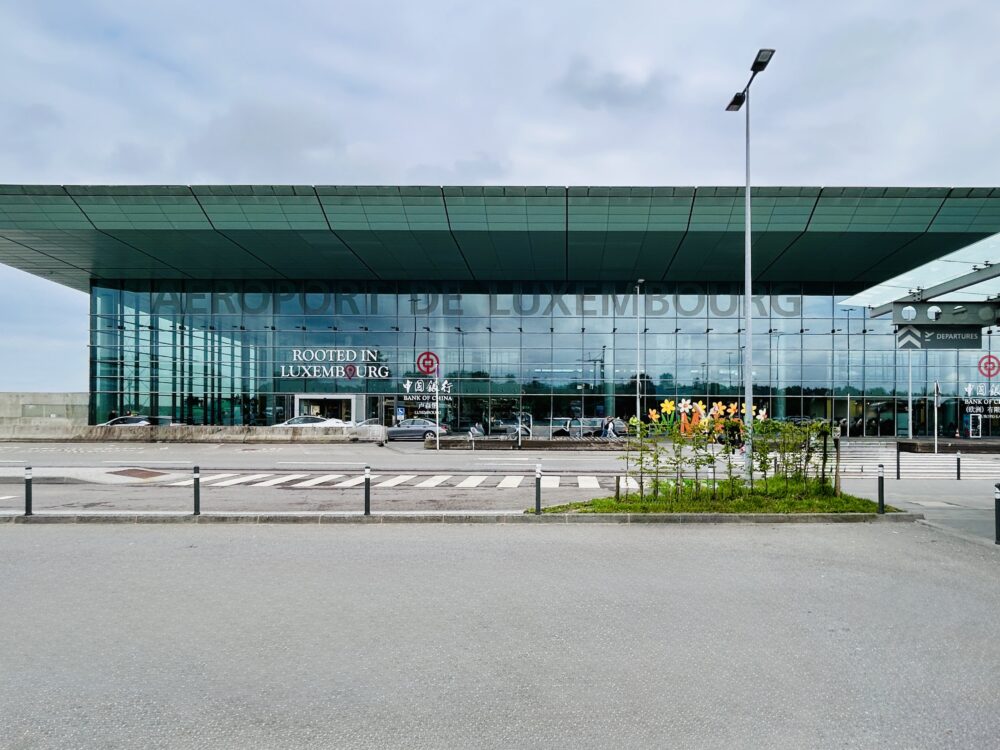Luxembourg Airport stands as a testament to Luxembourg’s commitment to modern transport and connectivity. From its humble beginnings to its current status as a state-of-the-art facility, it has witnessed considerable evolution over the years.
Early Beginnings
Luxembourg Airport officially opened its runways in 1946, shortly after the Second World War. Initially, it was a small airfield primarily used for military purposes. Civilian services began in 1948, marked by the establishment of Luxair, Luxembourg’s national airline. The 1950s saw the airport handling only a handful of flights a week, reflecting the modest needs of the time.
Modernisation and Expansion
The 1990s heralded significant changes, with the building of a new passenger terminal in 1991. This upgrade marked the start of the airport’s journey towards becoming a modern aviation hub. Over the next decades, further expansions and technological advancements were introduced, including new runways and updated air traffic control systems. By 2004, Luxembourg Airport was handling over 1 million passengers annually.
Recent Advancements
A pivotal moment in the airport’s development came in 2008 with the opening of Terminal A. Designed to accommodate increasing passenger traffic, this state-of-the-art facility elevated the airport’s capacity to nearly 3 million passengers a year.
Integration of the Tramway
The most recent milestone is the incorporation of a new tramway system, connecting the airport to Luxembourg City. Completed in early 2025, this tramway service operates every 10 minutes during peak hours, offering a seamless transportation link completely free as the public transportation in the entire country. The tramway is capable of transporting up to 200 passengers per trip, which significantly eases the pressure on road traffic and provides an environmentally friendly alternative.
Current Capacity and Future Plans
Today, Luxembourg Airport handles approximately 4 million passengers annually, with over 70,000 flights. It serves as a key logistics hub, especially notable for its cargo operations, ranking among Europe’s top freight airports. Looking ahead, the airport is planning further expansions to accommodate an expected increase to 5 million passengers annually by 2030. Initiatives include the expansion of existing terminals and the introduction of more airlines to enhance connectivity.
Interesting Stories
Throughout its history, Luxembourg Airport has been the backdrop for many fascinating stories. Notably, it was the landing site for the historic visit of the Pope in 1985, an event that drew thousands of spectators. Moreover, the airport’s strategic location has been instrumental in numerous humanitarian missions, providing aid and support during times of crisis.
#LuxembourgAirport #AirTravel #Luxembourg #ModernTransport #AviationHistory












